Kennesaw State to present 2nd Faculty Research in the Arts Colloquium
KENNESAW, Ga. | Nov 6, 2020
Free, virtual colloquium focuses on Art, Human Development, and Well-being
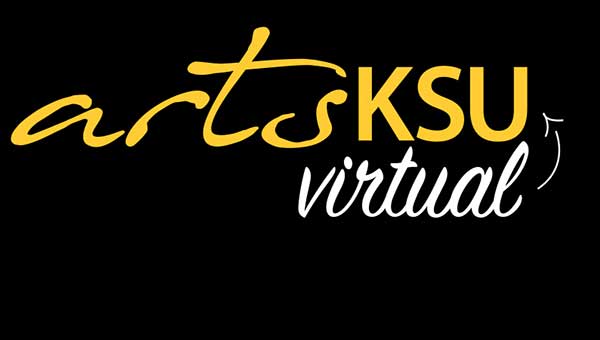
Kennesaw State University’s College of the Arts will present its second Faculty Research in the Arts Colloquium on Tuesday, Nov. 10 from 2 to 3:15 p.m. Hosted by the College of the Arts Research Advisory Committee, the event is virtual and free; a simple reservation is all that is required to watch online.
The rich research projects showcased consider the many roles that the arts play in fostering human development and well-being. Presenters include Caroline Clark from the Department of Dance; Jonathan Fisher and Diana Gregory from the School of Art and Design; Harry Price from the School of Music, and Charles Parrott from the Department of Theatre and Performance Studies.
Clark will kick off the event with “We Learned to Perform by Performing: Ballet Dancers in a Beer Hall.” While the multiple benefits of dance towards human development and well-being have been well-established by both quantitative and qualitative research, Clark will address a gap in the field through exploring how performances may instigate learning and growth. Her presentation will include unique research from oral history interviews recalling the performances of Austin Ballet Theatre at a beer hall and psychedelic concert venue during the 1970s. She theorizes the nature of performance as an activity while advocating for a more nuanced appreciation of the arts in human society.
Next, Fisher and Gregory will present “Merging Student Voice, Studio Pedagogy, and Creativity- A SOTL Process.” The pair will share the results of their longitudinal research on implicit perceptions of conceptual inventiveness and creativity (CI/C) through student focus groups to discuss whether CI/C can be taught and assessed. They will ask: what does it mean to be creative in art/design? What are the barriers to the creative process? And, finally, what can faculty do to support students through the learning process?
Price proffers a unique way to use technology to support students in his presentation “Using Virtual Reality to Train Conductors,” based upon his principal areas of interest using virtual reality for rehearsing in the music classrooms and ensemble settings and looking at research techniques used by colleagues.
Finally, Parrott will present a unique performance, 25 years in the making. The performance chronicles the death of three Nebraska high school students in the summer of 1995 and the story of one survivor. “What Comes After the Accident” follows the autoethnographic impulse and the tradition of embodied scholarship, privileging individual lived-experience to illuminate cultural phenomena.
Don’t miss the Research in the Art Colloquium; make your reservation to watch online on Tuesday, Nov. 10, from 2 to 3:15 p.m.
Related Posts
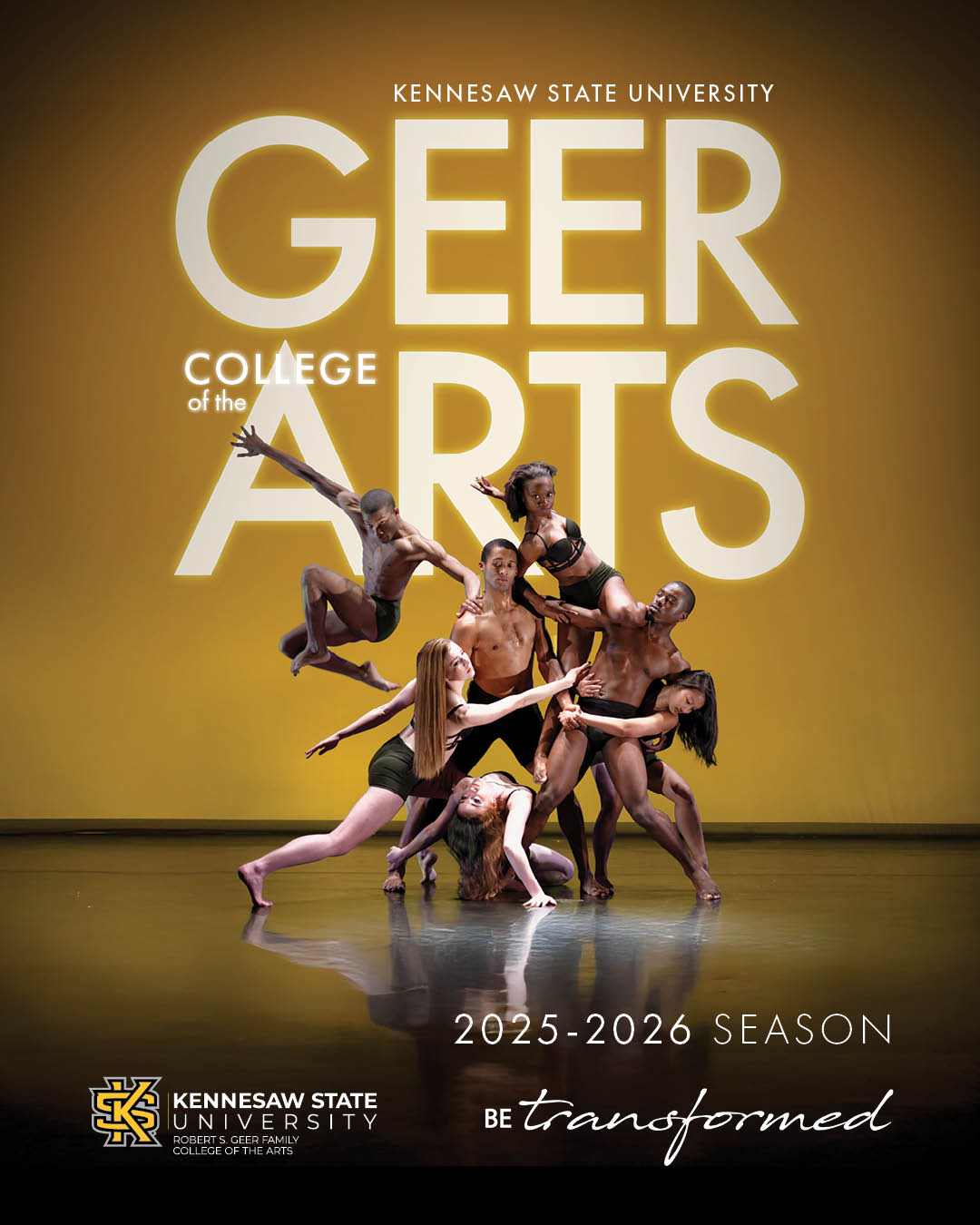
Kennesaw State University's Geer College of the Arts Launches Inspiring 2025-26 Season KENNESAW, Ga. | Jul 15, 2025
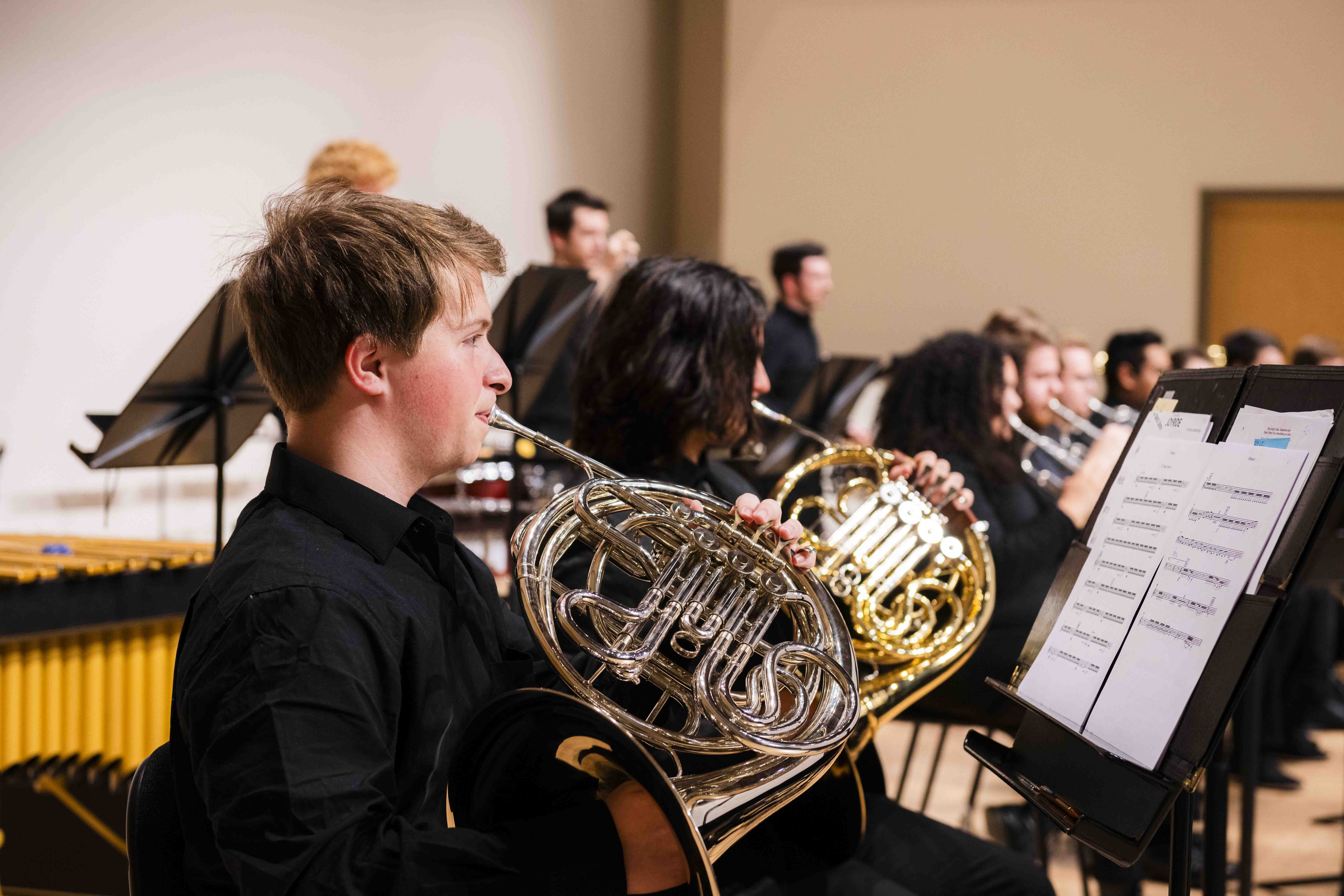
Bailey School of Music Celebrates Two Student Ensembles Invited to Perform at Georgia's Chapter of the National Music Educators Association
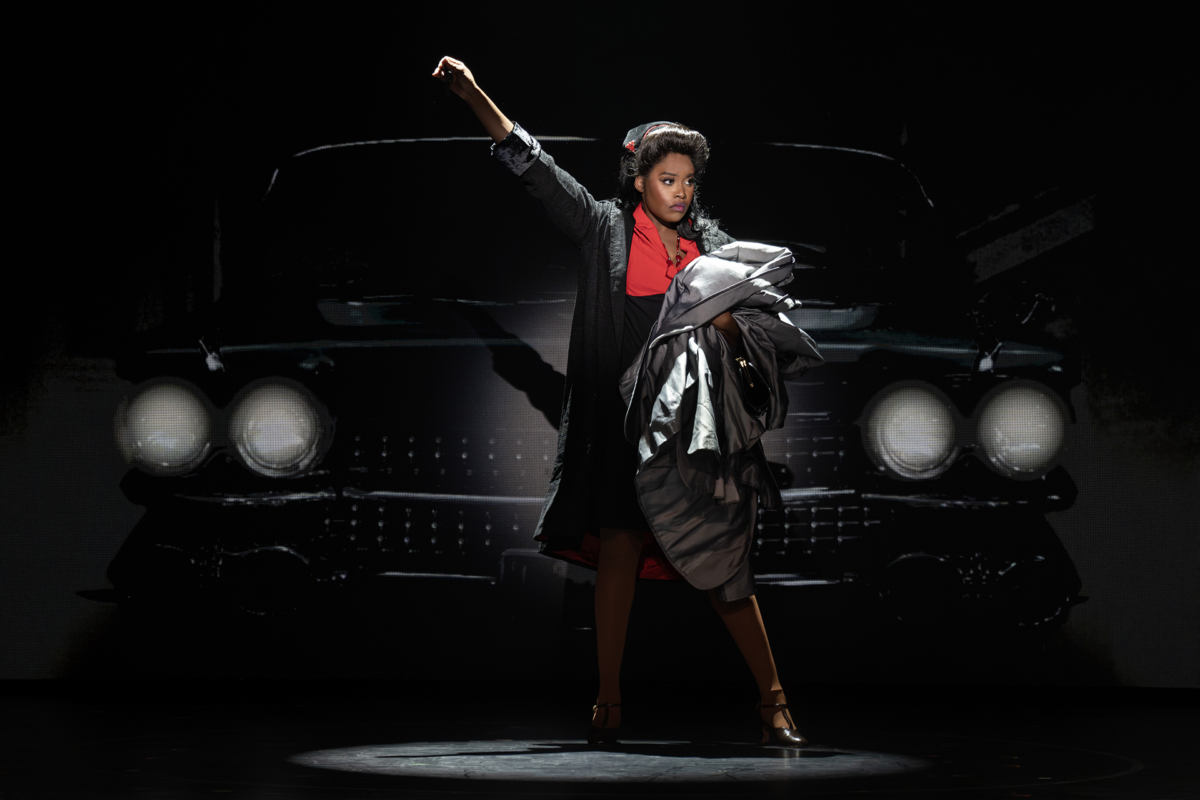
KSU Theatre Alumna Takes the Stage at the Fox Theatre
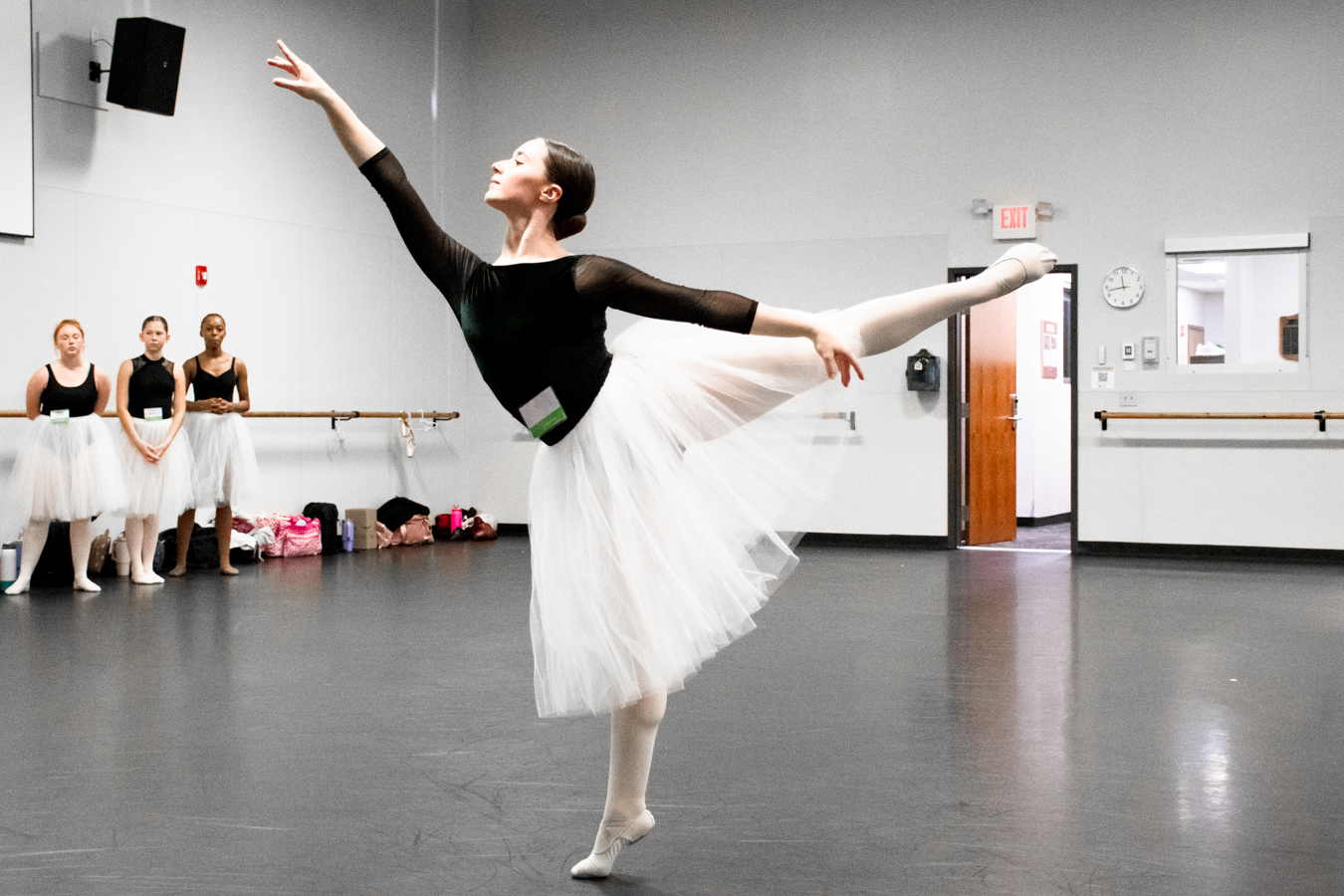
Joffrey Ballet School Finds New Southeast Home in Kennesaw







